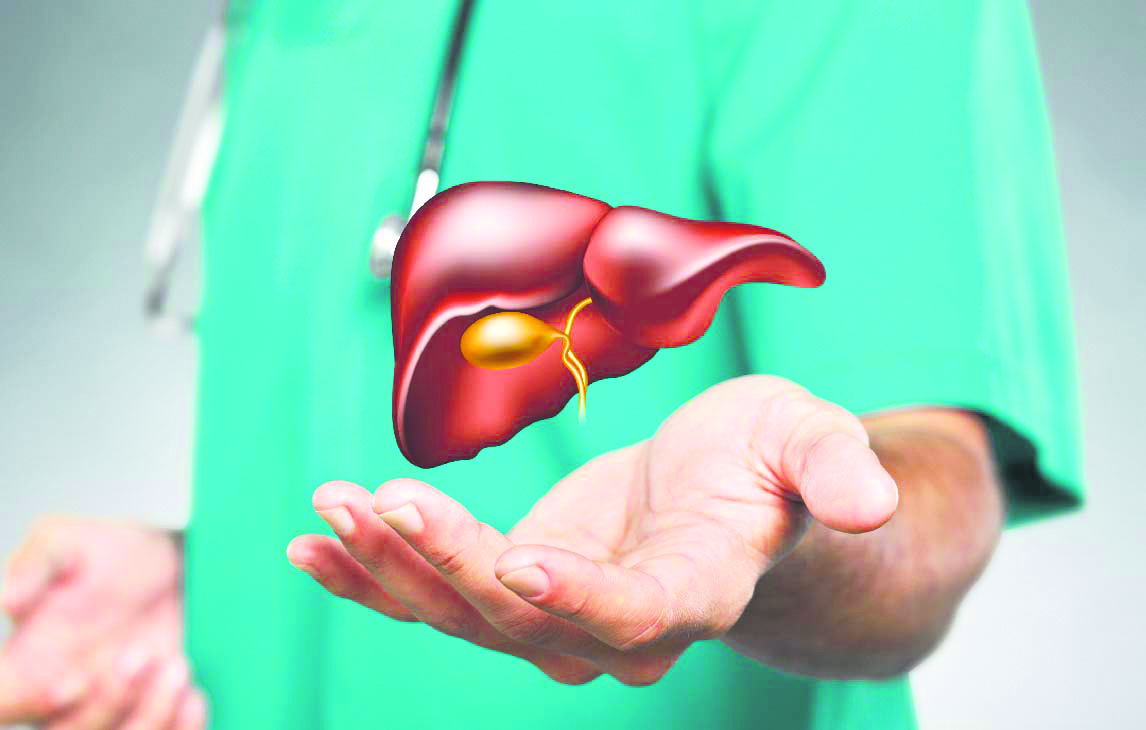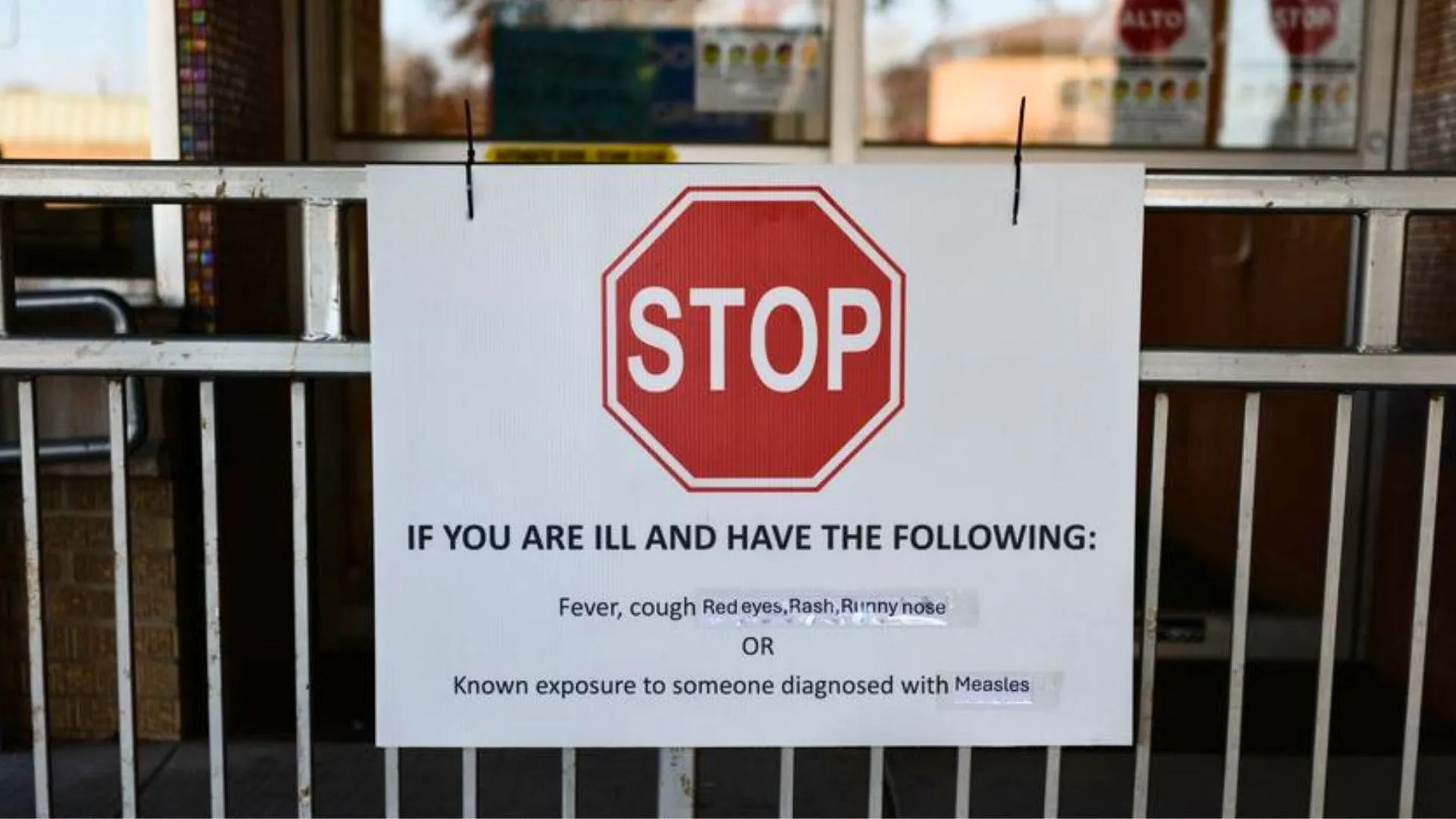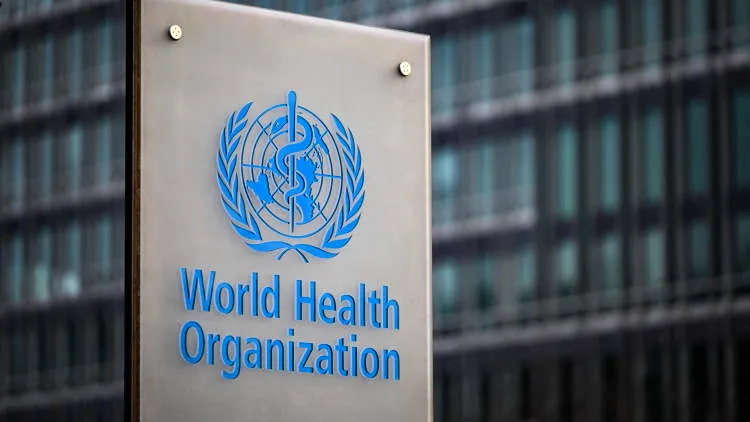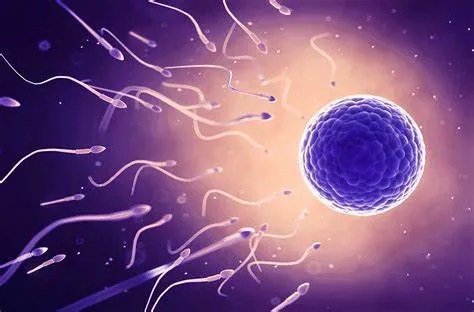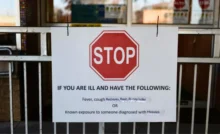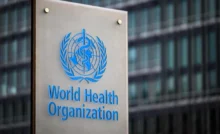When cancerous cells start to grow and multiply uncontrollably inside the gallbladder, gallbladder cancer develops. Tumors made by these cells have the potential to spread to other bodily areas.
Gallbladder cancer (GBC) cases have been sharply rising, according to a paper titled “Epidemiology of gallbladder cancer in India” that was published in a medical journal in August 2019. Additionally, it is mentioned that 10% of the world’s GBC burden is attributed to India, a region with a high incidence of GBC.
Gallbladder cancer survival rates vary depending on the patient and stage of the disease. The 5-year survival rate is 66% for individuals who receive early diagnosis and treatment. On the other hand, only 2% of patients who obtain a late diagnosis go on to survive for five years or more.
A major contributing factor to the poor prognosis is the delay in diagnosing and treating GBC, which results from a lack of knowledge and comprehension of this malignancy. Understanding this terrible malignancy is crucial for the general public and general practitioners, who are typically the initial point of contact. Increasing awareness can have a significant impact on prevention since it can lead to early patient consultation for symptoms that could otherwise go unreported, which can result in timely recommendations from doctors and authorized medical practitioners.
Let’s look at have the seven facts that one must know:
1. Signs and symptoms:
Early stages of the cancer may be asymptomatic, but as it advances, upper-right abdominal pain, inadvertent weight loss, bloating in the belly, and/or jaundice (yellowing of the skin and whites of the eyes) may become apparent.
2. Causes of Gallbladder cancer:
= high prevalence of gallstones, and chronic inflammation or infection,
=obesity, genetic conditions or family histories of gallbladder cancer
=dietary factors such as a diet high in fat and low in fiber, common in some regions of India,
=it is more common in older individuals, and the risk increases with age, additionally women are more prone to it than men
=moreover gallbladder cancer varies geographically, and certain regions in India, such as North India, have reported higher rates compared to other parts of the country.
3. Risk Factors:
A. Gallstones: Having gallstones is the biggest risk factor, particularly if they irritate the stomach or become infected.
B. Age and Gender: Women are diagnosed with gallbladder cancer more often than males, and the disease is more common in those over 65.
4. Diagnosis of GBC: Since symptoms of one digestive disorder might mirror those of another, diagnosis is frequently difficult. Diagnostic imaging examinations like MRIs, CT scans, and ultrasounds are frequently performed. When gallstones cause the gallbladder to be removed, the majority of early-stage gallbladder malignancies are found.
5. Stages of GBC: The four stages of gallbladder cancer correspond to the degree of cancerous spread. Tumor classification ranges from T1 to T4. Cancer that is limited to the gallbladder is classified as early stage in T1 and T2. T3 indicates that the cancer has only migrated to adjacent organs and is locally or regionally progressed. Because T4 is metastatic, the cancer has typically migrated to other parts of the body.
6. The Survival rate: The percentage of patients who are still living five years after a cancer diagnosis is determined by the 5-year survival rate. Depending on the stage at which gallbladder cancer is identified and treated, this rate varies. The 5-year survival rate increases to 62% if the cancer is contained within the gallbladder and has not gone elsewhere. The 5-year survival rate falls to 27% if the cancer has spread to nearby tissues or lymph nodes. The 5-year survival rate for gallbladder cancer drops to just 2% when the illness spreads to other areas of the body.
7. Preventive measures: Although it is not possible to avoid every instance of gallbladder cancer, the risk can be decreased by leading a healthy lifestyle, controlling weight, and treating illnesses that increase the chance of gallstone formation.
It’s treatment:
Gallbladder cancer in its early stages is treated surgically. In order to assist prevent both local and distant recurrence, patients may take chemotherapy and perhaps radiation after surgery.
Patients with more advanced stages of gallbladder cancer, such as those in stages III or IV, are typically treated with a mix of immunotherapy and chemotherapy. We can also perform targeted therapy at times.
“In a nutshell gallbladder cancer is an uncommon disease with a low incidence, but it can have a serious effect on those who are afflicted. It is crucial to comprehend the symptoms, risk factors, and accessible treatments in order to promote early detection and better results. Increasing public awareness and promoting continuous research are essential to fighting this illness and enhancing the lives of individuals who are impacted.
The author is a Sr. Medical Oncologist at Action Cancer Hospital.


